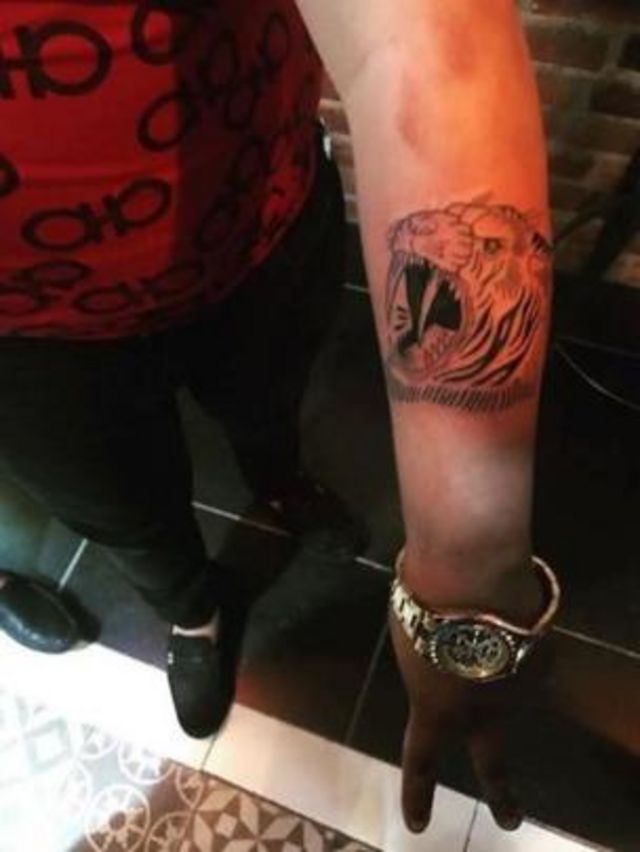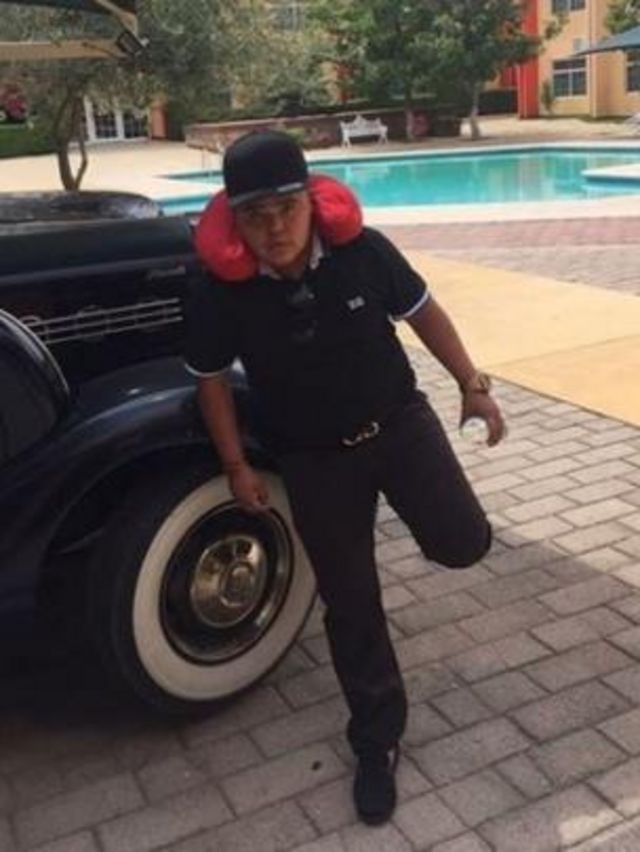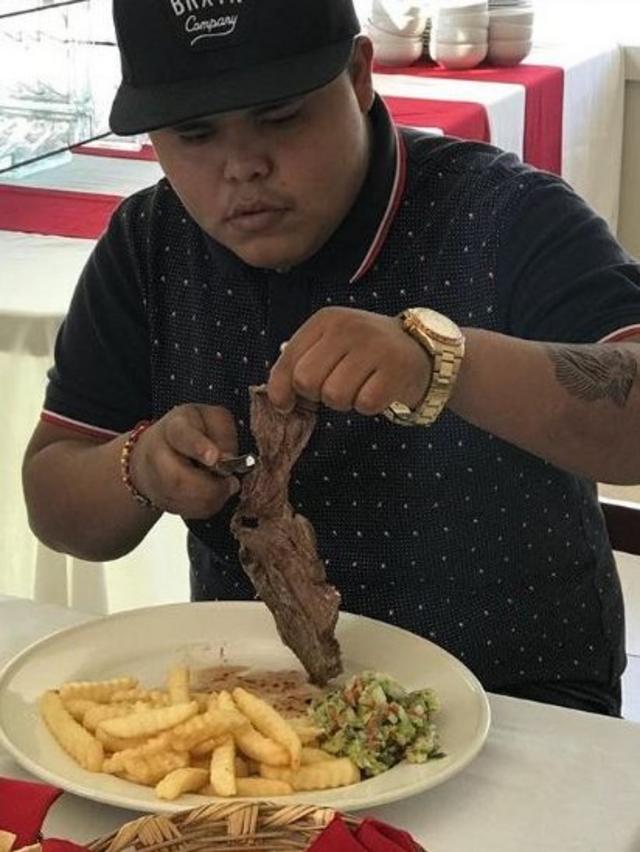El Pirata De Culiacan Death Photos: The Untold Story Behind The Sensation
Apr 06 2025
Let’s cut to the chase. The name El Pirata de Culiacan has been buzzing across social media and news outlets like wildfire. His story, his death, and the infamous "death photos" have sparked curiosity, outrage, and debate worldwide. But what exactly happened? Who was this man beyond the headlines? And why do these photos matter so much?
Look, we all know how the internet works. A single image or video can explode overnight, spreading faster than you can say “viral.” But when it comes to El Pirata de Culiacan, there’s more to the story than just a picture. This isn’t just about a guy who became infamous after his death—it’s about the impact of cartel violence, the power of social media, and the way we consume tragedy as entertainment.
Before we dive deep into the rabbit hole, let’s set the stage. El Pirata de Culiacan was a Mexican drug lord whose life—and death—captured global attention. His death photos, leaked online, became a sensation, sparking both fascination and disgust. But why? And more importantly, how did we get here? Let’s break it down.
Table of Contents
- Biography: Who Was El Pirata de Culiacan?
- The Controversy Surrounding Death Photos
- El Pirata’s Connection to Cartels
- Social Media’s Role in Spreading the Photos
- Why Do People Share Death Photos?
- Ethical Concerns Around Sharing Death Photos
- Legal Ramifications of Death Photos
- The Broader Impact on Society
- How Can We Prevent This From Happening Again?
- Conclusion: What’s Next?
Biography: Who Was El Pirata de Culiacan?
El Pirata de Culiacan wasn’t just another cartel member; he was a legend in his own right. Born with the name José Antonio Yépez Ortiz, he earned the nickname “El Pirata” because of his affinity for pirate-themed tattoos and his ruthless tactics. But don’t let the flashy name fool you—this guy was no cartoon villain. He was a key player in Mexico’s infamous Sinaloa Cartel, a group responsible for some of the most violent crimes in the country’s history.
Let’s take a quick look at his background:
| Full Name | José Antonio Yépez Ortiz |
|---|---|
| Nickname | El Pirata de Culiacan |
| Date of Birth | January 20, 1983 |
| Place of Birth | Culiacán, Sinaloa, Mexico |
| Cartel Affiliation | Sinaloa Cartel |
| Date of Death | February 11, 2023 |
El Pirata wasn’t your average cartel guy. He was known for his flamboyant style, including gold teeth and custom-made outfits. But beneath the bling was a man who didn’t mess around. His rise to power was marked by fear and intimidation, and his fall was equally dramatic.
From Humble Beginnings to Notorious Fame
Like many cartel leaders, El Pirata started from nothing. Growing up in Culiacán, a city often referred to as the “birthplace of drug trafficking,” he learned the ropes early. By the time he was a teenager, he was already involved in small-time drug operations. But it wasn’t until he joined the Sinaloa Cartel that he really made a name for himself.
What set El Pirata apart was his ability to blend fear with charisma. While other cartel members relied solely on violence, El Pirata had a knack for public relations. He used social media to project an image of himself as a folk hero, someone who cared about his community—even if that “care” came with strings attached.
The Controversy Surrounding Death Photos
Now, let’s talk about the elephant in the room—the death photos. After El Pirata was killed in a shootout with Mexican marines on February 11, 2023, his body was photographed and shared online. The images, graphic and disturbing, spread like wildfire across social media platforms. But why did they become such a big deal?
For starters, death photos are inherently controversial. They’re a reminder of mortality, a window into the violence that plagues certain parts of the world. But they’re also a double-edged sword. On one hand, they can raise awareness about important issues. On the other hand, they can be exploitative, turning human suffering into clickbait.
Why Did These Photos Go Viral?
The short answer? Because they were shocking. In today’s world, where we’re constantly bombarded with content, it takes something truly extreme to grab our attention. And let’s be real—death photos check all the boxes. They’re gruesome, they’re taboo, and they’re undeniably fascinating in a morbid kind of way.
- Shock Value: The photos were graphic and unsettling, which naturally drew people in.
- Social Media Algorithms: Platforms like Twitter and TikTok thrive on sensational content, so it’s no surprise that the photos went viral.
- Curiosity: Humans are naturally curious creatures, and these photos tapped into that primal urge to know more.
But here’s the thing: just because something goes viral doesn’t mean it’s good. The spread of death photos raises important questions about how we consume media and what kind of content we’re willing to share.
El Pirata’s Connection to Cartels
Understanding El Pirata’s connection to cartels is crucial to understanding his death and the aftermath. As a member of the Sinaloa Cartel, he was deeply involved in the drug trade. But his role wasn’t just logistical—he was also a key figure in the cartel’s public relations efforts.
Cartels aren’t just about moving drugs; they’re also about controlling narratives. El Pirata’s use of social media was a masterstroke in this regard. By projecting an image of himself as a larger-than-life figure, he helped cement the cartel’s influence in the region. But this strategy came with risks. When the Mexican government targeted him, they weren’t just going after a single individual—they were striking at the heart of the cartel’s operations.
The Fallout After His Death
El Pirata’s death sent shockwaves through the cartel world. Not only was he a high-profile target, but his death also highlighted the government’s increasing willingness to take on powerful drug lords. The fallout was immediate and intense, with rumors of retaliation swirling in the aftermath.
But the impact wasn’t limited to the cartel world. The death photos, shared widely online, brought the issue of cartel violence into the public consciousness. For many people, this was the first time they were forced to confront the reality of what happens in Mexico’s drug war.
Social Media’s Role in Spreading the Photos
Social media is a double-edged sword when it comes to spreading death photos. On one hand, it allows information to reach a global audience almost instantly. On the other hand, it can amplify harmful content, turning tragedy into spectacle.
In the case of El Pirata, social media played a major role in the spread of his death photos. Platforms like Twitter, TikTok, and Instagram were flooded with images and videos of the aftermath of the shootout. But why did this happen?
How Social Media Works
Social media algorithms are designed to keep users engaged, and they often prioritize sensational content. Death photos, with their shock value and emotional impact, fit the bill perfectly. As a result, they were shared widely, often without context or consideration for the consequences.
But the responsibility doesn’t just lie with the platforms. Users also play a role in the spread of harmful content. When we share death photos, we contribute to a culture that values clicks over compassion. It’s a cycle that’s hard to break, but it’s one we need to address if we want to create a healthier online environment.
Why Do People Share Death Photos?
Let’s get real for a second. Why do people share death photos? Is it because they’re curious? Is it because they want to shock others? Or is it something deeper? The psychology behind sharing death photos is complex, and it involves a mix of factors.
One reason people share death photos is because they’re fascinated by them. Humans have always been drawn to the macabre, and death photos tap into that primal curiosity. But there’s also a darker side to this fascination. Some people share death photos as a way of asserting dominance or power, using the images to shock or intimidate others.
Understanding the Motivation
To understand why people share death photos, we need to look at the psychological drivers behind this behavior. Some key factors include:
- Curiosity: The desire to know more about what happened.
- Shock Value: The thrill of sharing something extreme.
- Power Dynamics: The need to assert dominance or control.
- Community: The desire to be part of a shared experience.
But here’s the thing: sharing death photos isn’t just about personal motivation. It’s also about the broader cultural context in which we live. In a world where tragedy is often commodified, it’s easy to see how death photos become a form of currency.
Ethical Concerns Around Sharing Death Photos
When it comes to death photos, ethics is a big deal. Sharing these images raises important questions about respect, consent, and human dignity. But in the heat of the moment, it’s easy to forget about these concerns. After all, when something goes viral, it’s hard not to get caught up in the hype.
But we need to ask ourselves: is it ethical to share death photos? And if not, why do we keep doing it?
Respect for the Deceased
One of the biggest ethical concerns around death photos is respect for the deceased. When we share images of someone’s death, we’re essentially exploiting their tragedy for our own gain. This can be deeply disrespectful, not just to the person who died but also to their family and loved ones.
Consent is another big issue. When someone dies, they no longer have the ability to give or withhold consent. This means that sharing their death photos without permission is inherently problematic. It’s a violation of their privacy and dignity, and it sets a dangerous precedent for how we treat human remains.
Legal Ramifications of Death Photos
Sharing death photos isn’t just unethical—it can also be illegal. In many countries, there are laws against distributing images of dead bodies without permission. These laws are designed to protect the privacy and dignity of the deceased, as well as their families.
In the case of El Pirata, the Mexican government has taken steps to crack down on the spread of his death photos. They’ve worked with social media platforms to remove the images and have warned users about the legal consequences of sharing them.
What Are the Penalties?
The penalties for sharing death photos vary depending on the jurisdiction. In some places, you could face fines or even jail time for distributing these images. But the legal ramifications go beyond just individual users. Social media platforms can also be held accountable for failing to remove harmful content.
This raises an important question: where do we draw the line? How do we balance freedom of expression with the need to protect people’s rights? It’s a tricky issue, and one that doesn’t have a simple answer.
The Broader Impact on Society
The spread of death photos has a broader impact on society than we might realize. It affects how we view tragedy, how we consume media, and even how we perceive human life. When we treat death as a form of entertainment, we risk desensitizing ourselves to the very real consequences of violence and suffering.
But it’s not all doom and gloom. The controversy surrounding El Pirata’s death photos has sparked important conversations about media ethics, social responsibility, and the role of technology in shaping our worldview. These conversations are crucial


